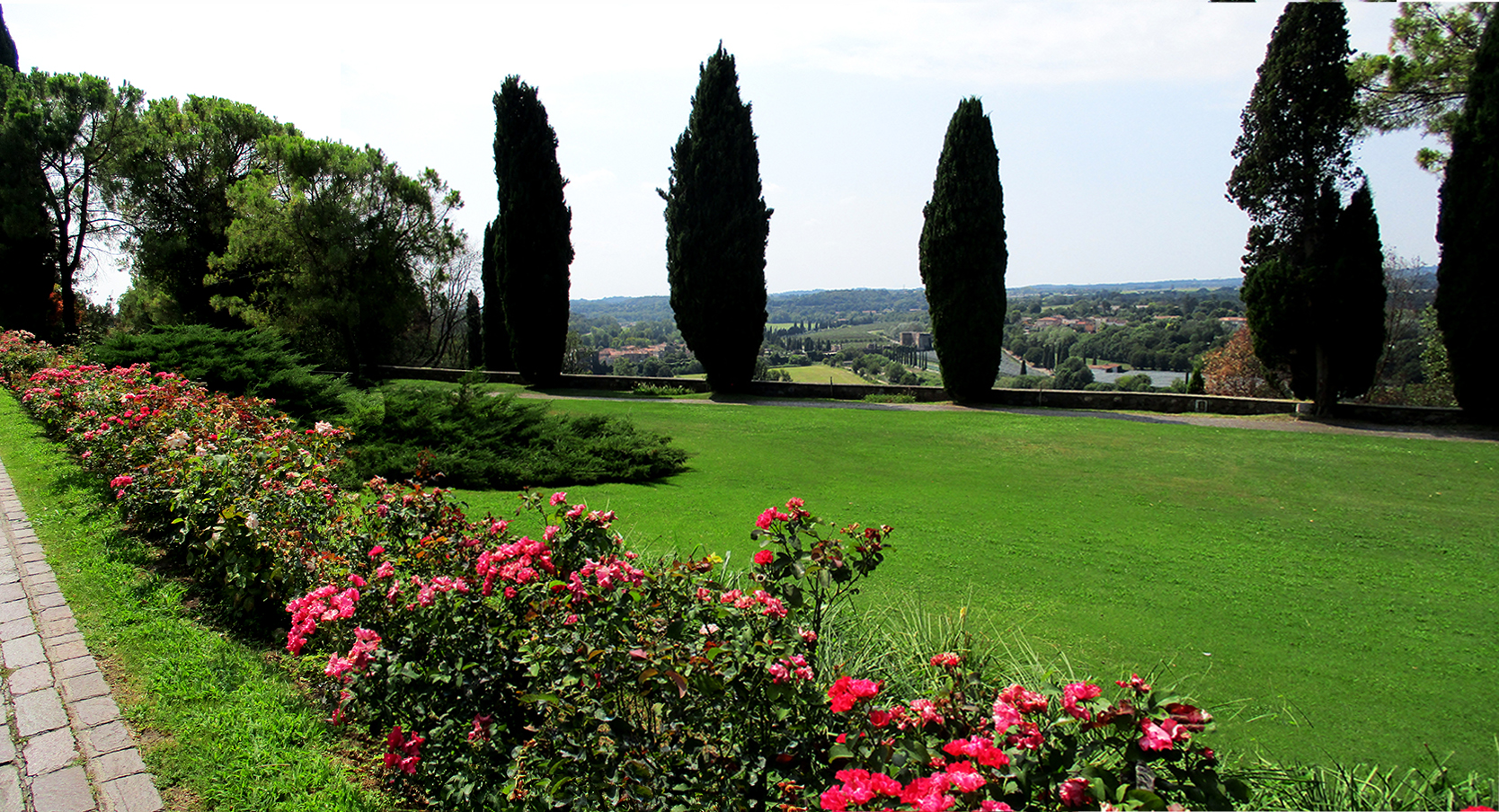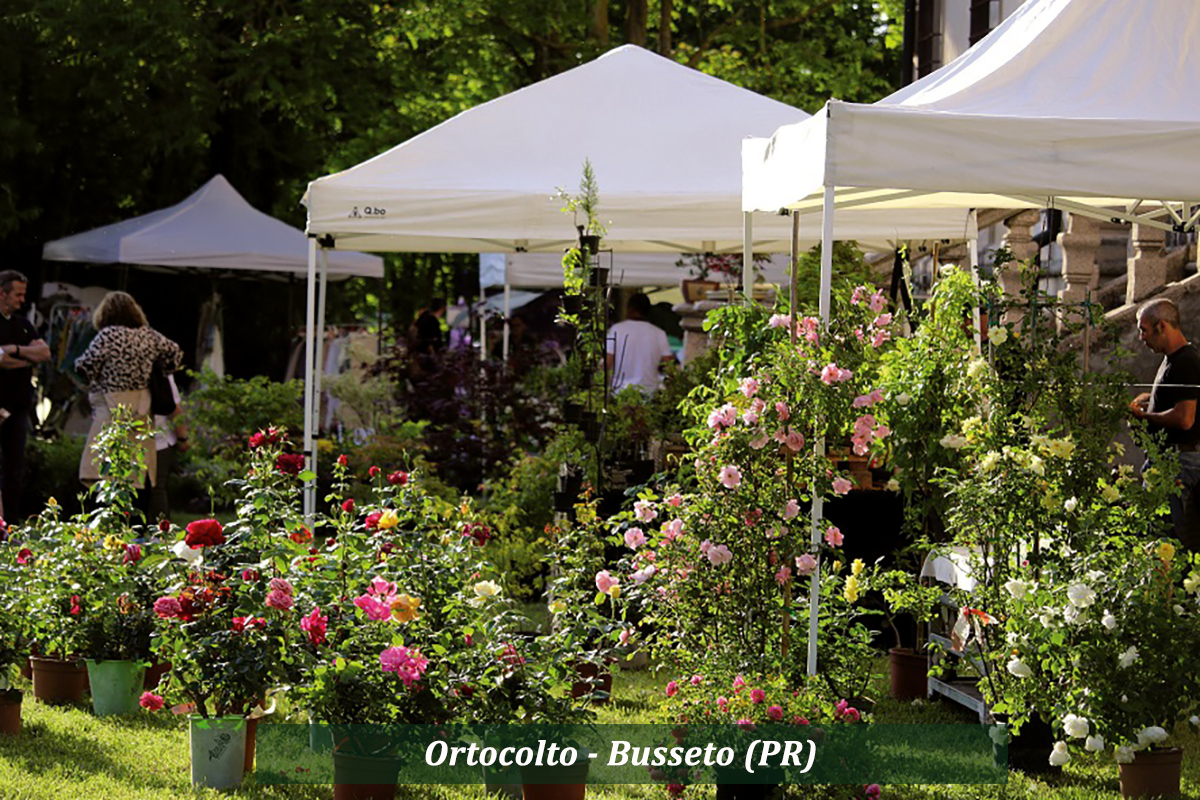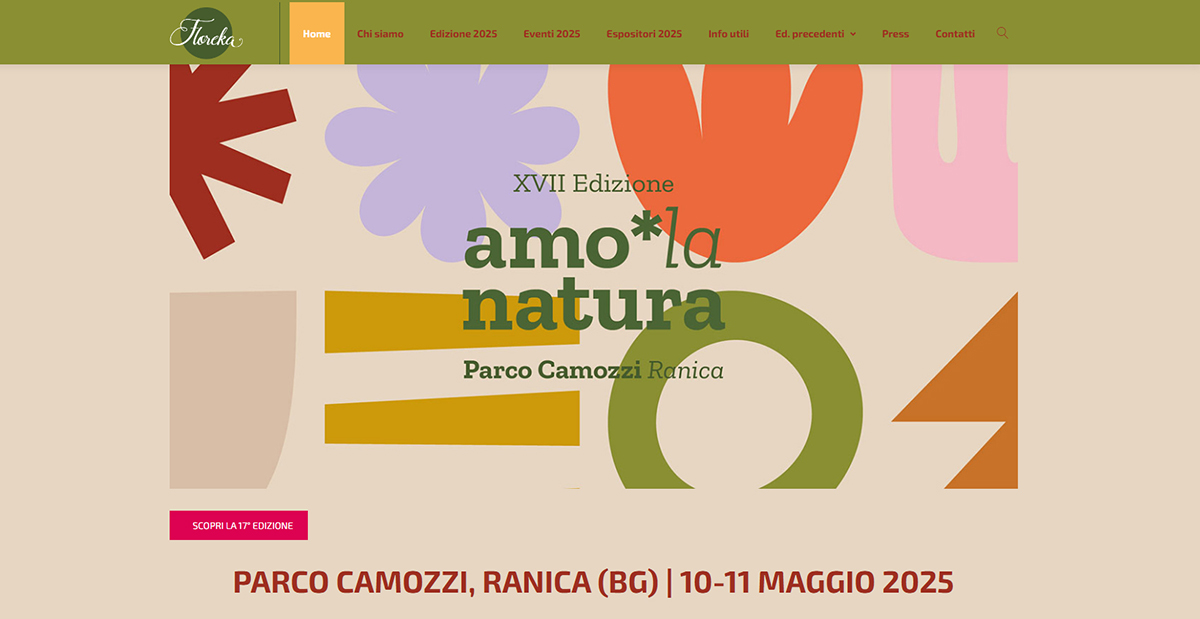Cercis siliquastrum, known as Judas Tree, is a deciduous ornamental tree native to the Middle East, widespread in the Mediterranean. It blooms in spring with beautiful pink flowers that bloom directly on the trunk and branches. It tolerates drought and pollution, loves the sun and well-drained soil. Rich in history and symbolism, it also offers edible flowers. It is ideal for gardens and public spaces for beauty and resistance.
IDENTIFICATION
Scientific name:
Cercis siliquastrum
Italian common name:
Judas tree
Family:
Fabaceae o Leguminose
Origin:
It comes from the Judea region, in the Near East, where it originated, spreading throughout the Mediterranean Basin.
Environment:
It is a typical plant of broad-leaved forests, preferring mixed ones in association with oak, ash and other forest essences.
Evergreen or deciduous:
deciduous
Toxicity:
not
PLANT RECOGNITION of Cercis siliquastrum
Height:
10 m. (under optimal conditions), but more often up to 5 m.
Width (extension):
8 m. (under optimal conditions), but more often up to 4 m.
Habit:
Tree with a globular, expanded, irregular shape, more rarely a large shrub.
Leaf:
The heart-shaped leaves have a deep green color and a smooth, shiny appearance; the lower page is glaucous. When young they can have reddish hues; they appear quite late, in April; in autumn they take on a beautiful yellow color and fall in late November. They have a heart shape and lighter veins.
Flower:
It begins to flower after 5-7 years of age. The flowers are hermaphroditic, with a papilionaceous corolla and cyclamen, deep pink or white in colour.
It generates bunches of 3-6 magenta to pink flowers, rarely white, 1.5-2 cm long. appearing before the leaves; characteristic of this species is the caulifloria, the flowers emerge directly from the bark of the previous year’s branches and the trunk. It begins to flower around six years of age. There is a variety with white flowers (Cercis siliquastrum var. alba).
Flowering:
from March to April
Fruit:
The fruits are glabrous, linear, compressed, dark, hanging legumes, up to 10 cm long. initially green, brown when ripe, (containing 10-14 very numerous oval, hard, blackish-brown seeds) which remain attached to the plant until the end of winter.
Trunk:
very dark brown, almost black.
Property:
The flowers of the cercis siliquastrum contain vitamin C, anthocyanins, pigments for an anti-aging effect that benefits our body.
According to some texts the leaves and seeds are purgative while the shoots are indicated for juvenile arthritis.
Perfume:
yes light
NEED
Maintenance:
low
Light Exposure:
sun (hardly grows in humid and shady woods)
Soil type:
It shows a high capacity for adaptation, colonizing both arid and steep slopes and stony places, such as quarries and natural rock faces. This plant prefers calcareous and stony soils, without water stagnation but also tolerates moderately acidic ones.
Soil acidity:
plant tolerant to different soils, with a predilection for neutral ones.
Italian climatic area:
Throughout Italy between zero and 200 m. above sea level even though it is quite resistant to cold and pollution, which is why it is also used for public green areas.
Need for water:
in soil it requires irrigation only if young or for periods of drought exceeding 15 days.
Propagation:
by seed.
Diseases:
aphids and psyllids can attack the leaves. For the rest, rather than diseases, it can suffer from damage from frost or heat.
Another pathology that can affect the plant is copper cancer or rather Nectria cancer, a parasitic fungus that affects the branches and trunks of the young plant. The fungus, in fact, rarely nests in the old trunk.
Pruning:
We proceed only in case of damage or containment, but it is better to do it after flowering since this occurs on branches from at least the previous year or on older ones so as to recognize the productive branches. Being a plant with fragile branches, be careful about incorrect pruning which could allow fungi to enter.
SPECIAL FEATURES
The name derives from the Greek term kerkís, to indicate the shape of a “ship” or a “shuttle”, and from the Latin siliqua, or “pod”, both in relation to the shape of its fruits.
It grows quickly, so much so that at the age of 6 it can already be 3 meters tall.
Notes:
It is widely used as an ornamental tree in gardens and for street trees, thanks to its resistance to pollution
Thanks also to its area of origin and the intense flowering around Easter time, ancient legends link its history to early Christianity, and in particular, to the episode in which, under this tree, Judas Iscariot himself gave the famous traitor “kiss” Jesus and, later, tormented by remorse, hanged himself there.
The strong diffusion of this belief seems to suggest that siliquastrum still had a particular meaning, always of a passionate nature, even among some pre-Christian European cults.
The Cercis siluquastrum is part of those similarly “traitor” trees like Judas Iscariot since their branches appear robust but, in reality, they are fragile, to the point of breaking easily if you climb on them.
Another version claims that the cross of Christ was made of Cercis siliquastrum wood. For this reason, in some areas of Italy, the Judas tree is considered a cursed plant (legends are just legends).
In the kitchen:
The flowers are edible and can be used in the kitchen in preparing recipes. Anglo-Saxons commonly use them in salads.
The mondo del giardino advice
Like other legumes, it is a plant capable of nitrogen fixation, that is, it captures nitrogen from the atmosphere and, thanks to bacteria located in the roots, releases it into the soil, enriching it.
If our garden allows it, due to size, characteristics of the soil and climate, let’s insert it!
Now on horseback! Work awaits us! Our new wonderful outdoor space is about to be born!
GOOD WORK and…if you have any questions, write to info@mondodelgiardino.com
Image sources: thanks to Pixabay and many thanks, in order of appearance, to jacqueline macou, Markus Distelrath, Petra, Markus Distelrath, Mari Loli and to Pinterest for the entire tree, the fruits and flowers on the trunks.




















